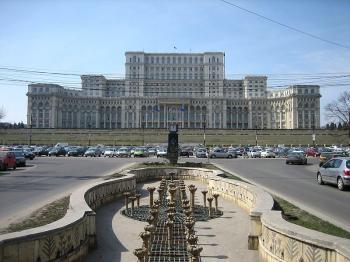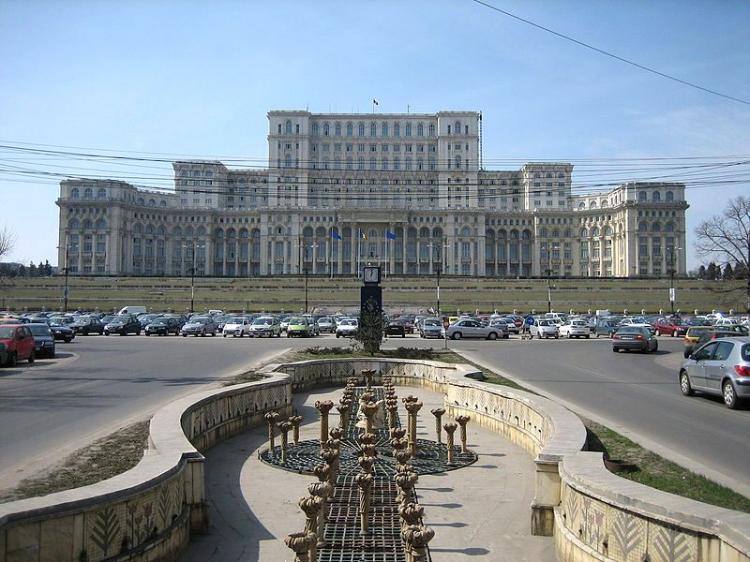BUCHAREST—Romania has the highest inflation rate—at 5 percent—among all European Union (EU) member countries, according to the European statistics institute, Eurostat. That figure is staggering considering the inflation rate was 0.2 percent in July as a whole in the EU.
“Romania is like a sick man, who sometimes gets a cold, as opposed to other countries, that are healthy economic organisms,” the Romanian Minister of Economy Adriean Videanu was reported as saying to Romanian press.
Hungary follows closely with 4.9 percent and Poland with 4.5 percent. On the other side, Ireland is reporting a 2.6 percent deflation, while Belgium and Luxembourg both reported a 1.7 percent deflation.
Compared to the previous month, annualized inflation dropped in 20 countries, stagnated in one and increased in five. According to the Romanian National Statistics Institute, Romania’s annual inflation rate actually decreased by almost a percentage point in July from a 5.86 percent reading in June.
Signs of Recovery in EU
Eastern and Central European nations are showing signs of economic recovery. However, some still have difficulties reaching normalcy. Some analysts predicted that economic recovery for the Baltic States will be gradual.
“The recent economic downturn is mainly due to the decrease of exports on the European markets. The European Union’s recovery is a good condition for the recovery of the Romanian economy as well,” the Romanian Minister of Economy Adriean Videanu told reporters.
Poland and Slovakia’s economies showed the best signs of improvement during the second quarter, analyst Aurelian Dochia told AFP. He added that Baltic countries will take longer to recover while countries like Romania, Bulgaria or Hungary are somewhere in the middle in terms of their speed of recovery.
Romania’s economy during the second quarter shrank 1.2 percent, compared to the first three months of the year. Recently, representatives of the IMF came to Bucharest to evaluate the economic situation of Romania.
“The IMF’s forecast for 2010 is a positive 0.5 [percent]. I’m a bit more optimistic, but it is important that both we and the Fund foresee an economic re-launch in 2010,” Adriean Videanu told the press.
However, Bucharest authorities still faces huge budgetary constraints. The government is compelled to send all state employees, including MP’s and the Prime Minister, on a compulsory 10-day holiday to lower the federal payroll expense.






Friends Read Free